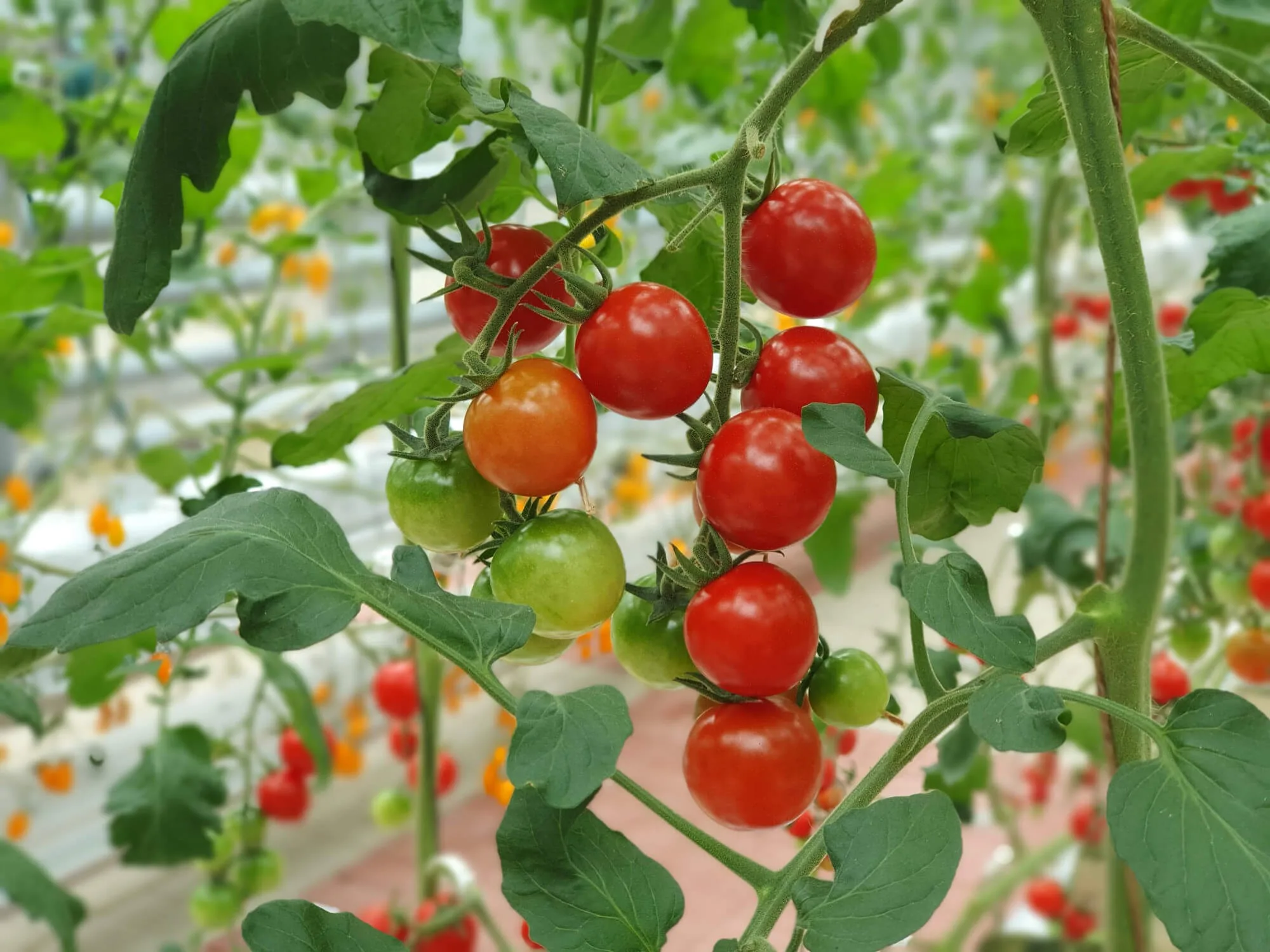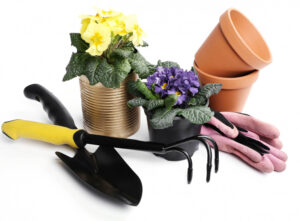Table of Contents
Do you want to learn how to grow tomatoes indoors with lights? It’s an exciting project that allows you to have fresh tomatoes all year long, even if you don’t have a garden. In this guide, we’ll show you the step-by-step process of growing tomatoes indoors using lights. Whether you’re new to gardening or have some experience, this article will give you all the information you need to get started.
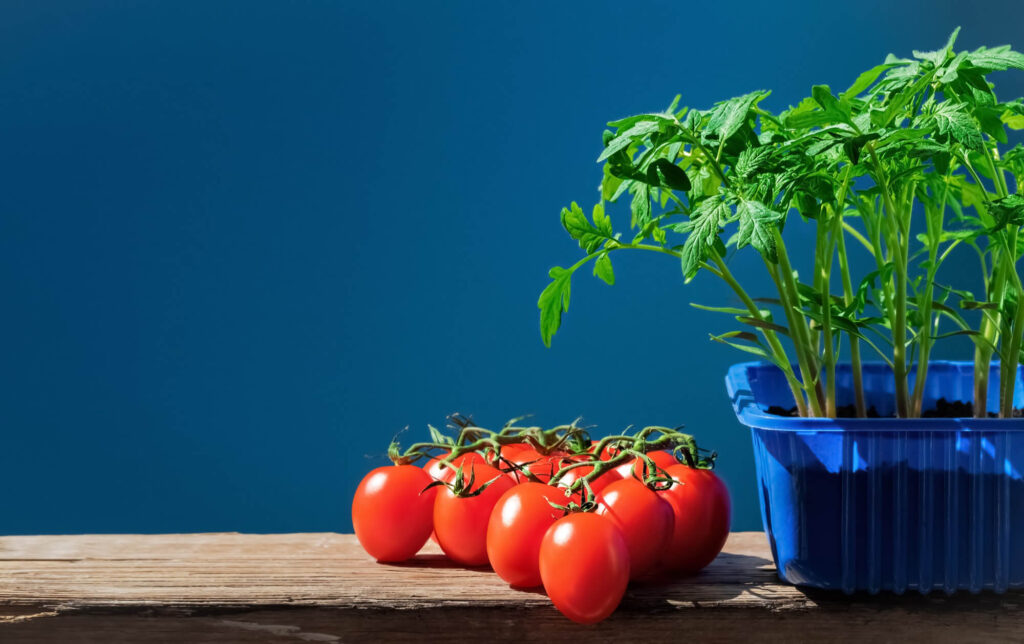
Benefits of Growing Tomatoes Indoors:
Growing tomatoes indoors has many advantages. Let’s explore some of the reasons why it’s a great idea:
- Fresh Tomatoes Anytime: When you grow tomatoes indoors, you can enjoy fresh tomatoes no matter what the season is outside. You don’t have to wait for summer to have delicious tomatoes!
- Controlled Environment: Indoor gardening lets you control the environment in which your tomatoes grow. You can adjust the temperature, lighting, and other factors to create the perfect conditions for healthy plants.
- Save Space: If you don’t have a big yard, growing tomatoes indoors is a fantastic way to save space. You can use pots or containers and place them anywhere in your home.
More Tomatoes: Growing tomatoes indoors often leads to a higher yield compared to outdoor gardening. With the right care, you can enjoy a bountiful harvest of juicy tomatoes.
- Tasty and Flavorful: Homegrown tomatoes are incredibly tasty! By growing them indoors, you can savor the wonderful flavors of vine-ripened tomatoes any time you want.
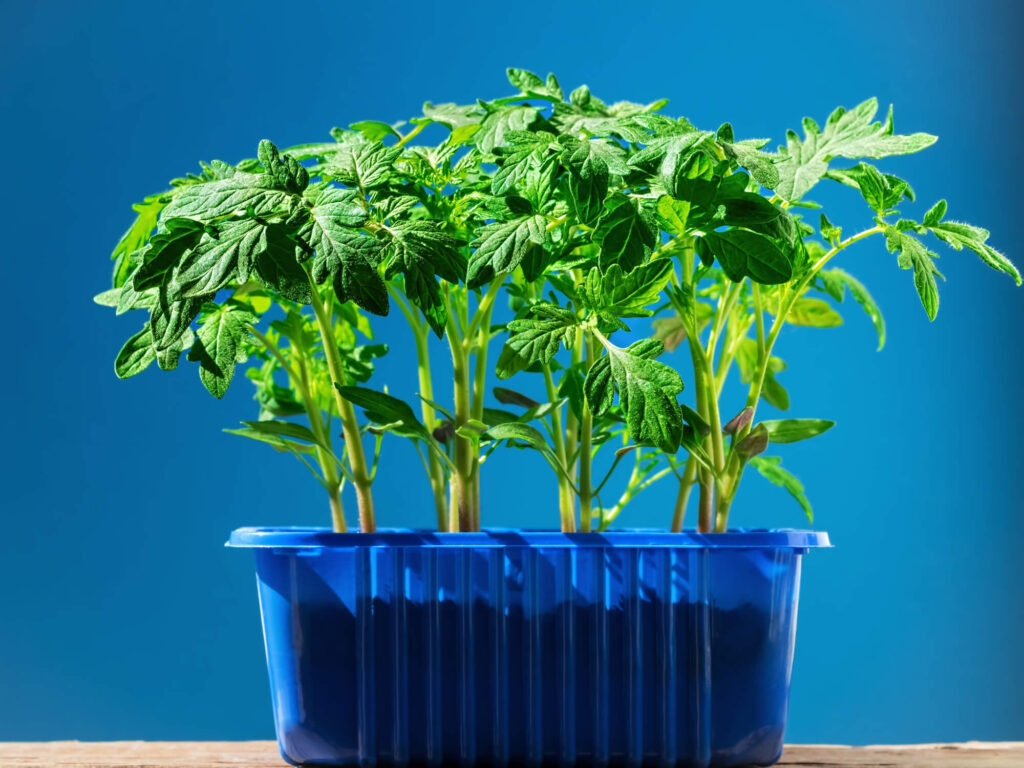
Getting Started:
1. Choosing Tomato Varieties
The first step in growing tomatoes indoors is selecting the right tomato varieties. Here are some things to consider:
Determinate vs. Indeterminate: Some tomatoes stop growing after reaching a certain size (determinate), while others keep growing and producing fruits continuously (indeterminate).
Size: Think about the size of the tomatoes you prefer. Some varieties produce small cherry tomatoes, while others yield larger ones.
Light Requirements: Look for tomato varieties that can thrive with less sunlight, as indoor conditions may not provide as much natural light.
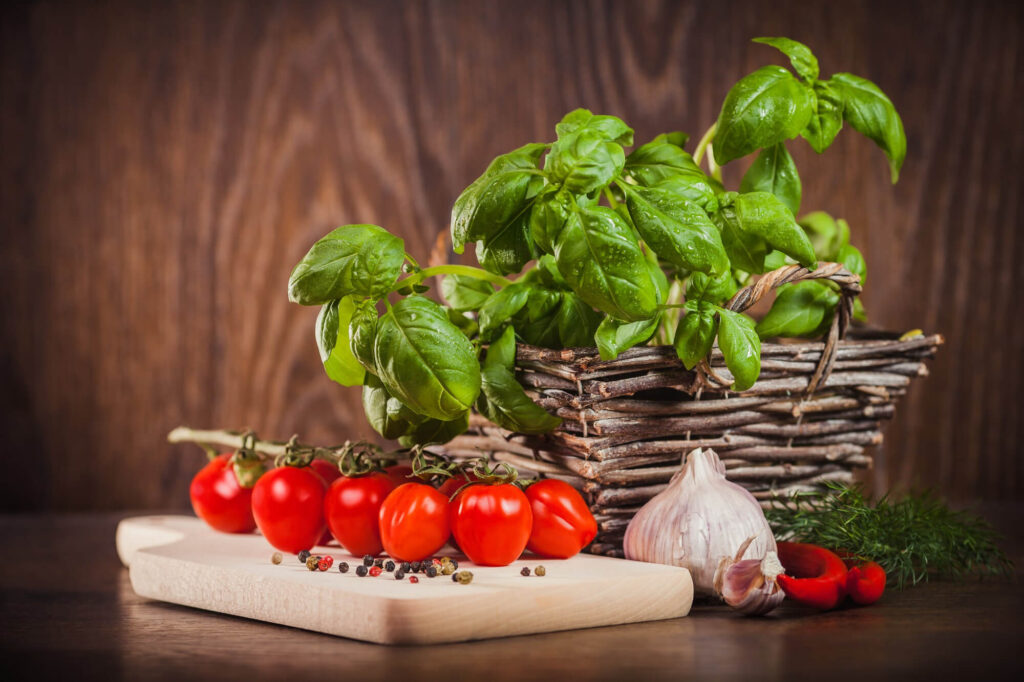
2. Providing Enough Light
Light is essential for indoor tomato growth. Since sunlight might be limited indoors, you’ll need to use artificial lights. Here’s what you need to know:
- LED Grow Lights: Invest in special LED grow lights designed for plants. They provide the right type of light that plants need for photosynthesis.
- Light Duration: Tomato plants generally require 14 to 18 hours of light per day. Use a timer to make sure they get enough light consistently.
- Light Placement: Hang the grow lights about 6 to 12 inches above the tomato plants. As the plants grow taller, you can adjust the lights accordingly.
3. Choosing the Right Containers
Picking the right containers is important for indoor tomato gardening. Consider the following:
- Size: Choose containers that have enough space for the tomato roots to grow. A 5-gallon container is a good size for most tomato varieties.
- Drainage: Make sure the containers have holes at the bottom to let excess water drain out. This prevents the roots from becoming waterlogged.
- Material: Use lightweight containers made of plastic, ceramic, or fabric. They are easy to handle and provide good airflow for the plants.
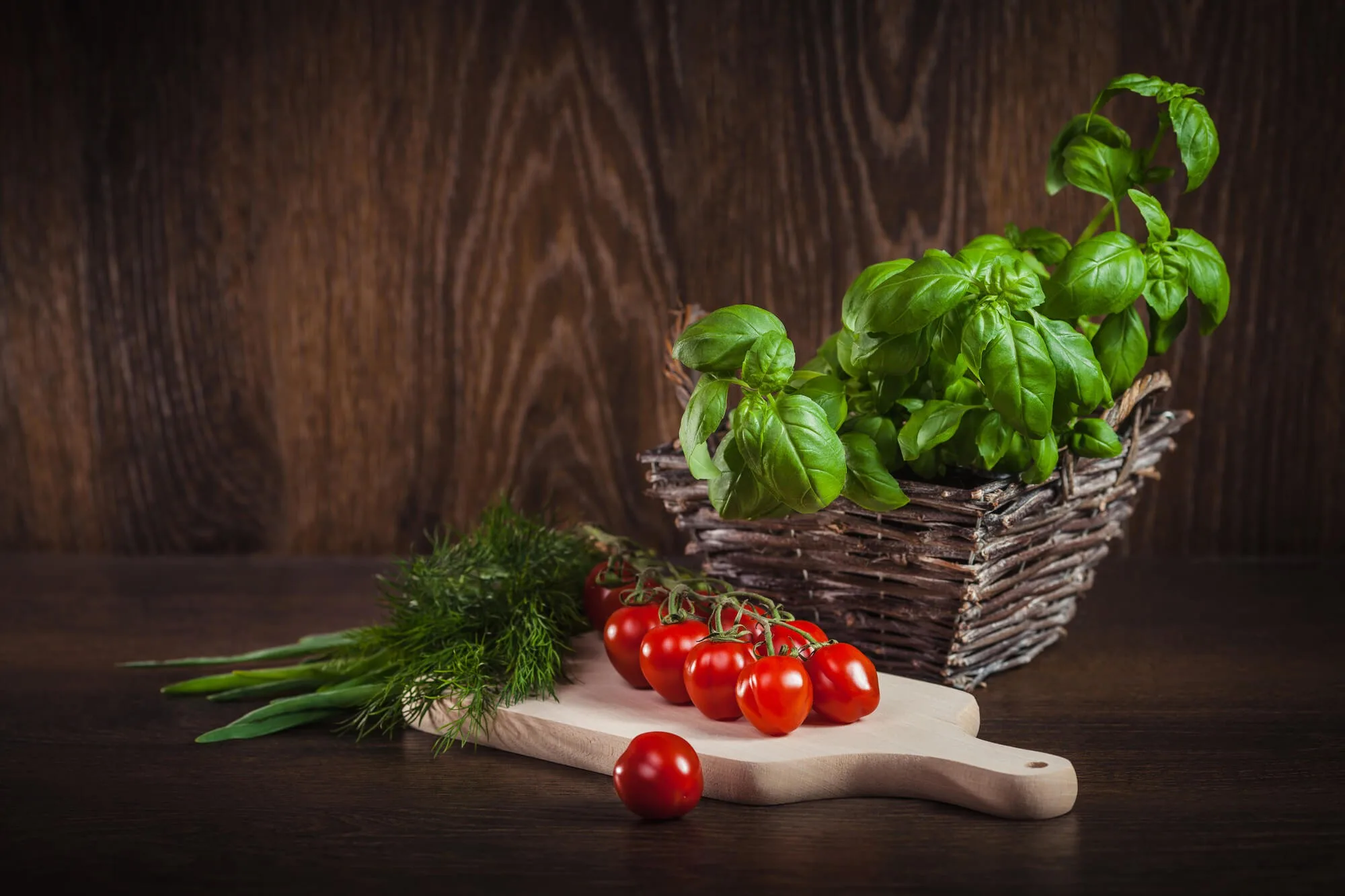
4. Creating the Ideal Growing Environment
To help your indoor tomatoes thrive, you need to create the best possible growing conditions:
- Temperature: Tomatoes prefer temperatures between 65°F and 75°F (18°C and 24°C) during the day, and slightly cooler at night. Avoid exposing them to drafts or extreme temperature changes.
- Humidity: Maintain moderate humidity levels, around 50% to 70%. You can increase humidity by placing a tray of water near the plants or using a humidifier.
- Air Circulation: Ensure good air circulation around your tomato plants. You can use fans or open windows to provide fresh air and prevent diseases.
5. Watering and Nutrients
Proper watering and nutrient management are vital for healthy tomato growth. Follow these guidelines:
- Watering: Check the top inch of soil and water your plants when it feels dry. Keep the soil evenly moist, but not soaking wet.
- Fertilization: Use a balanced fertilizer specially formulated for tomatoes. Follow the instructions on the package for the right amount and frequency.
- Pruning: Remove the small shoots that grow between the stem and branches, known as suckers. This helps the plant focus its energy on producing fruits.

Troubleshooting Common Issues:
1. Leggy Seedlings
If your tomato seedlings grow tall and thin, they’re not getting enough light. Here’s what you can do:
- Increase Light Intensity: Move the grow lights closer to the seedlings to provide more light.
- Adjust Light Duration: Make sure the seedlings receive 14 to 18 hours of light each day.
2. Blossom-End Rot
Blossom-end rot causes dark spots on the bottom of tomato fruits. To prevent it:
- Consistent Watering: Keep the soil consistently moist, as fluctuations in moisture levels can contribute to blossom-end rot.
- Add Calcium: Apply a calcium supplement to the soil or use fertilizers that contain calcium.
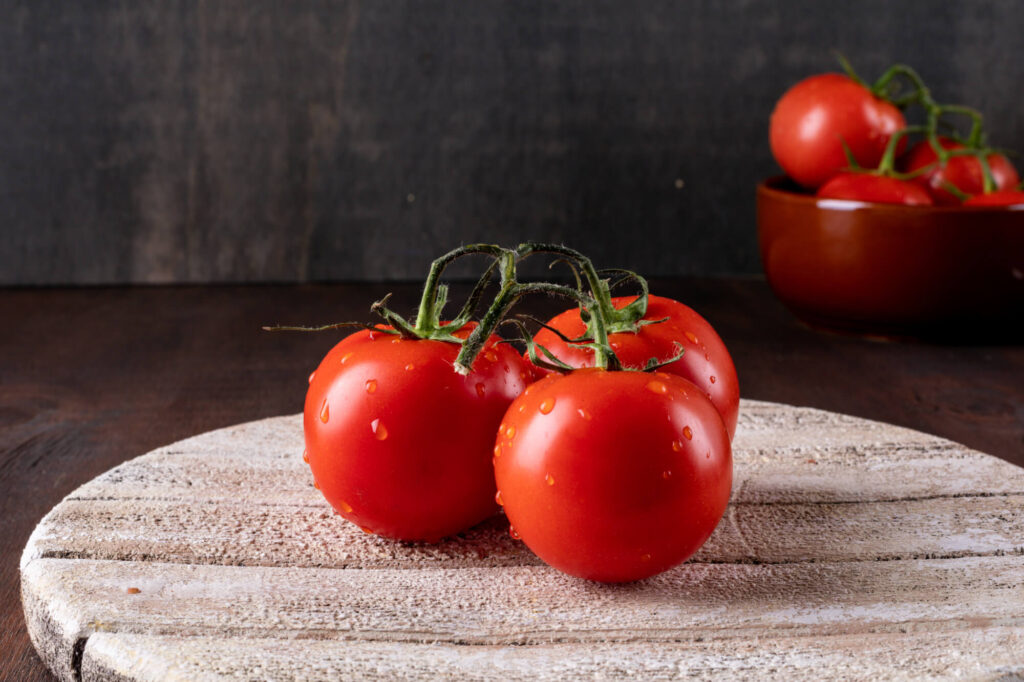
3. Pests and Diseases
Common pests like aphids, whiteflies, and spider mites can affect indoor tomatoes. Here’s how to deal with them:
- Beneficial Insects: Introduce ladybugs or lacewings to eat the pests and keep them under control.
- Neem Oil: Use neem oil, a natural insecticide, to deter and control pests.
- Cleanliness: Regularly inspect your plants and remove any infected or infested parts to prevent the spread of diseases.
Conclusion:
Growing tomatoes indoors with lights is a fun and rewarding project. By following the steps in this guide, you can enjoy fresh tomatoes from your own indoor garden. Remember to choose the right tomato varieties, provide sufficient light, use suitable containers, create the ideal environment, and address common issues. Get ready to experience the joy of growing and harvesting your very own tomatoes!
FAQs:
Regular LED lights from your house are not suitable for growing tomatoes indoors. You’ll need special LED grow lights that provide the right type of light for plant growth.
Water your indoor tomato plants when the top inch of soil feels dry. Make sure to keep the soil moist, but not overly wet.
While it’s possible to grow tomatoes indoors without artificial lights, your plants will need a good amount of natural sunlight. If you don’t have access to enough sunlight, using artificial grow lights is recommended.
Some tomato varieties that work well for indoor gardening include ‘Roma,’ ‘Cherry Cascade,’ ‘Tiny Tim,’ and ‘Window Box Roma.’ These varieties are known for their compact size and adaptability to indoor conditions.
The time it takes for indoor tomato plants to produce fruit can vary depending on the variety and growing conditions. On average, you can expect to harvest your first tomatoes within 60 to 85 days after planting.
There are many different types of grow lights available, but the best type for tomatoes is a full-spectrum LED grow light.
You’ll need to water your tomato plants when the top inch of soil is dry.
You’ll need to fertilize your tomato plants every few weeks. Use a balanced fertilizer that is specifically designed for tomatoes.
The most common pests that affect tomatoes are aphids, whiteflies, and spider mites. The most common diseases that affect tomatoes are early blight, late blight, and fusarium wilt.
